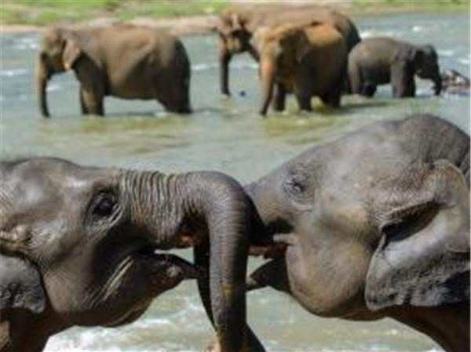Good news from Colombia - Chiribiquete National Park is to be extended
Posted on
|
Good news from Colombia. The President, Juan Manuel Santos, has announced plans to extend the country’s largest national park by 1.5 million hectares. At the moment, the Chiribiquete National Park covers 2.8 million hectares in the Amazon region, so this planned extension is enormous. The National Park has got one of the highest rates of plant diversity in the northern Amazon, and it’s famous for its tepuis (table-top rock formations) which rise out of the forest. In fact, the forest is located on one of the world’s oldest rock formations, the Guiana Shield. The park is rich in wildlife and it has traces of ancient human life. Francisco Forero Bonell, a phpotographer, documented ancient paintings on the sheer rock faces depicting animals and humans. They are thought to have been made by one of the indigenous groups which lived in the area way before the arrival of the Spanish Conquistadors. The Colombian government is hoping that Chiribiquete will be added to UNESCO’s list of World Heritage sites this year; it’s on the tentative list at the moment, and the World Heritage Committee will study the application in June.
|
